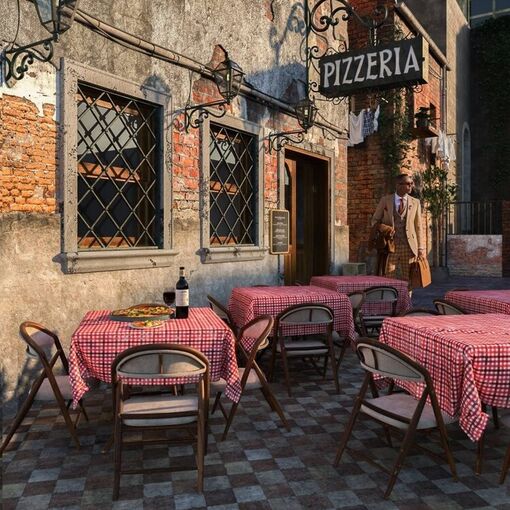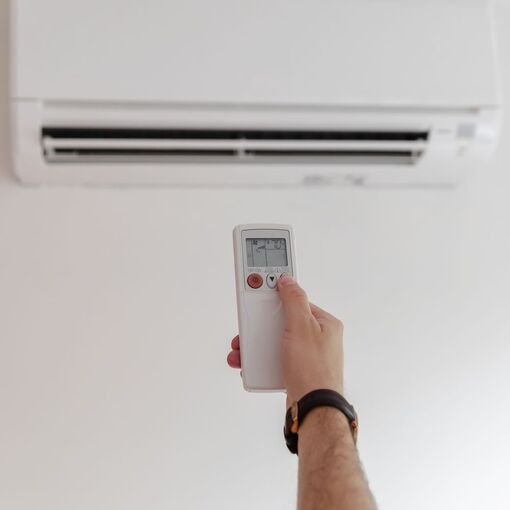
Valentina & Kyle
Valentina & Kyle
La Dolce Vita meets the American Dream
When in Rome… or anywhere in Italy, really — things work a little differently! As you gear up to celebrate with us, here are a few fun cultural quirks to keep in mind. From leisurely dinners that last for hours to the art of greeting with a kiss (or two), these tips will help you embrace 'la dolce vita' and have the best time ever!
Coffee

What is commonly considered “coffee” in the United States is quite different from what’s considered “coffee” in Italy. In Italy, ordering a coffee will always get you an espresso — short, strong, and served without any extras. This is the Italian standard, so if you're looking for something closer to American-style coffee, you'll need to specify. The closest option is an Americano, which is espresso diluted with hot water.
RESTAURANTS

Unlike in the United States, restaurants in Italy are not open all day. They typically operate during set mealtimes — lunch from 12:00 pm to 2:30 pm and dinner from 7:00 pm to 10:30 pm. If you're hoping for an early dinner, you may want to consider enjoying an Aperitivo. Usually served between 6:00 pm and 8:00 pm, Aperitivo includes drinks accompanied by small bites, offering a perfect way to unwind before dinner.
In Italy, dining is seen as a social experience, not just a meal. Once you’re done eating, don’t expect the check to be brought to you automatically — that’s actually considered rude! Restaurants will never rush you to leave, allowing you to enjoy your time at the table. When you're ready to go, simply ask for the check (il conto, per favore).
One thing Italians often appreciate when visiting the United States is the free tap water served at restaurants. In Italy, however, if you want water, you’ll need to order it — and it usually comes bottled, either still (naturale) or sparkling (frizzante). Also, don’t expect ice by default! While it’s not common, you can always ask for it.
TIPS

In Italy, tipping is neither mandatory nor expected. However, in more touristy areas, some places may try to encourage it. Our advice? DO NOT tip. The service charge is often included in the bill, and additional tips are not necessary.
AIR CONDITIONING

While air conditioning is becoming more common in Europe, it is still less prevalent than in the United States. Even when it is available, don’t expect it to blast freezing cold air. Instead, it is typically used to lower the overall temperature by a few degrees, offering gentle relief rather than an icy chill.